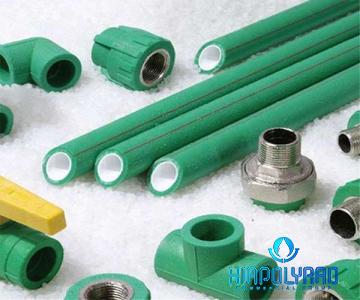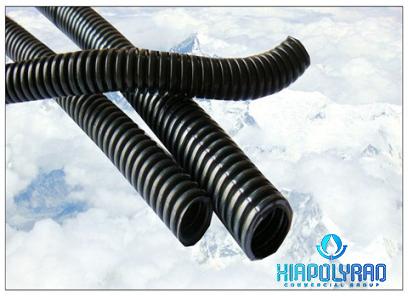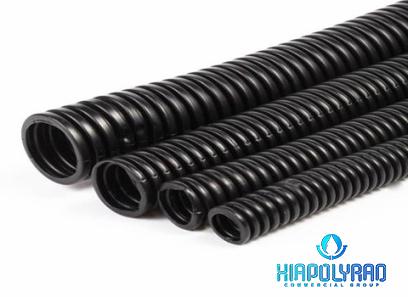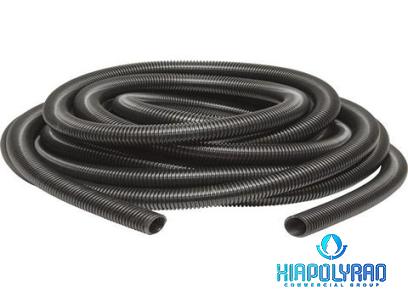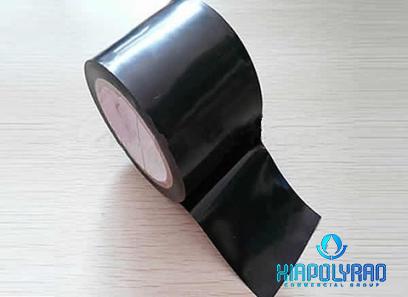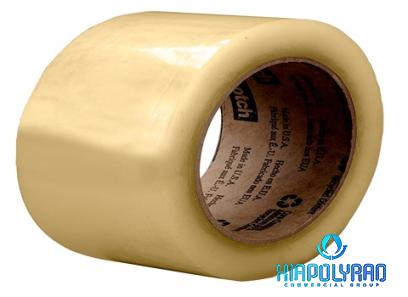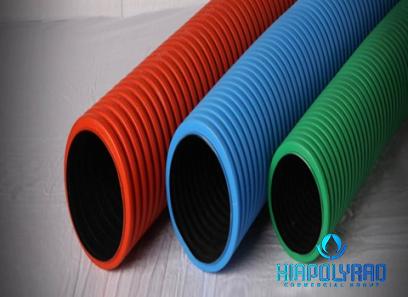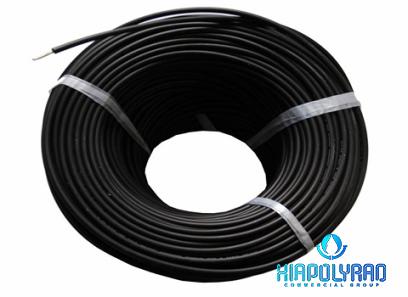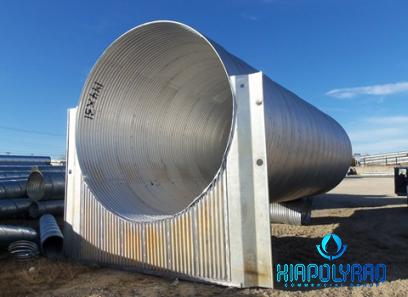PVC pipe manufacturing process
PVC is a material that can serve many purposes and is quite economical
PVC pipe is one of them which is being made in special process in order to make it highly durable and resistant
The following is a list of its primary attributes and benefits: PVC is an excellent insulating material because of its high dielectric strength, which contributes to its other desirable electrical properties
PVC has a high level of durability since it is resistant to the effects of the elements, chemical decay, corrosion, shock, and abrasion
As a result, it is the material of choice for a great deal of long-lasting and outdoor merchandise
PVC products have a high chlorine content, which gives them the ability to extinguish themselves in the event of a fire
The oxidation index of this substance is -45
Antimony trioxide has seen widespread application, and its use—typically in conjunction with phosphate ester plasticizers—has resulted in outstanding fire resistance as well as improved mechanical qualities
Cost-to-Performance Ratio: PVC has significant cost-performance advantages, thanks to its superior physical and mechanical capabilities
PVC also has a good cost-performance ratio
It features a low amount of required maintenance and a lengthy life period
PVC possesses mechanical properties like as resistance to abrasion, low weight, and high strength
PVC is resistant to the effects of any inorganic chemical that may be applied to it

It has an excellent resistance to diluted acids and alkalis, as well as aliphatic hydrocarbons
Ketones act as a corrosive agent, and certain grades become swelled or corroded when exposed to chlorinated and aromatic hydrocarbons, esters, certain aromatic ethers and amines, and nitro-compounds
The Importance of Additives in the Process of Improving PVC Properties The polymerization process yields PVC resin that has a low heat stability and a high melt viscosity, all of which contribute to the material’s extreme instability
It is necessary to make adjustments to it before it can be processed into finished items
The addition of a variety of additives, such as heat stabilizers, UV stabilizers, plasticizers, impact modifiers, fillers, flame retardants, pigments, and so on, can improve or alter the properties of the substance
The requirements of the ultimate application will dictate which additives are chosen to be added to the polymer in order to improve its qualities
Take, for instance: Plasticizers, which include phthalates, adipates, and trimellitate, among others, are employed as softening agents for the purpose of raising the temperature of vinyl products in order to improve their rheological as well as mechanical performance (toughness, strength)
The following are some of the factors that have a role in the choosing of plasticizers for vinyl polymer:

PVC pipe manufacturing
PVC pipe, which have been manufacturing for more than 80 years, have been used to service a wide variety of applications in a variety of market sectors around the world
PVC pipes are often considered to be one of the most universal and versatile types of plastic piping
PVC pipes are extremely robust and long-lasting in comparison to metal piping; they are also resistant to corrosion in every possible way and have a low likelihood of breaking due to the effects of thermal expansion and contraction
These pipes are both cost-effective and durable
They come in a variety of diameters and come with a variety of accessible fittings
Depending on the type of PVC version, they can be utilized for applications involving either warm or cold water
What Applications Are There for PVC Pipe? Pipes made of polyvinyl chloride (PVC) are frequently employed in the production of sewage pipes, water mains, and irrigation systems
PVC pipes are simple to install, lightweight, sturdy, long-lasting, and easily recyclable
As a result, they are both cost-effective and environmentally friendly
PVC pipes possess exceptionally long-lasting qualities
Because of the smooth surface of PVC pipes, water may flow through them more quickly than it would through pipes manufactured from other materials such as cast iron or concrete
This is because there is less friction between the water and the pipe’s surface
According to international sizing standards such as DIN 8061, ASTM D1785, and ASTM F441, PVC pipes can also be made to a variety of lengths, wall thicknesses, and diameters
How are pipes made out of PVC? PVC pipes are made by extruding raw material PVC, and the manufacturing process generally follows the same procedures as other types of pipe extrusion operations, including the following: Raw material, in the form of pellets or powder, being introduced into the PVC twin screw extruderIn various extruder zones, melting and heating will take place
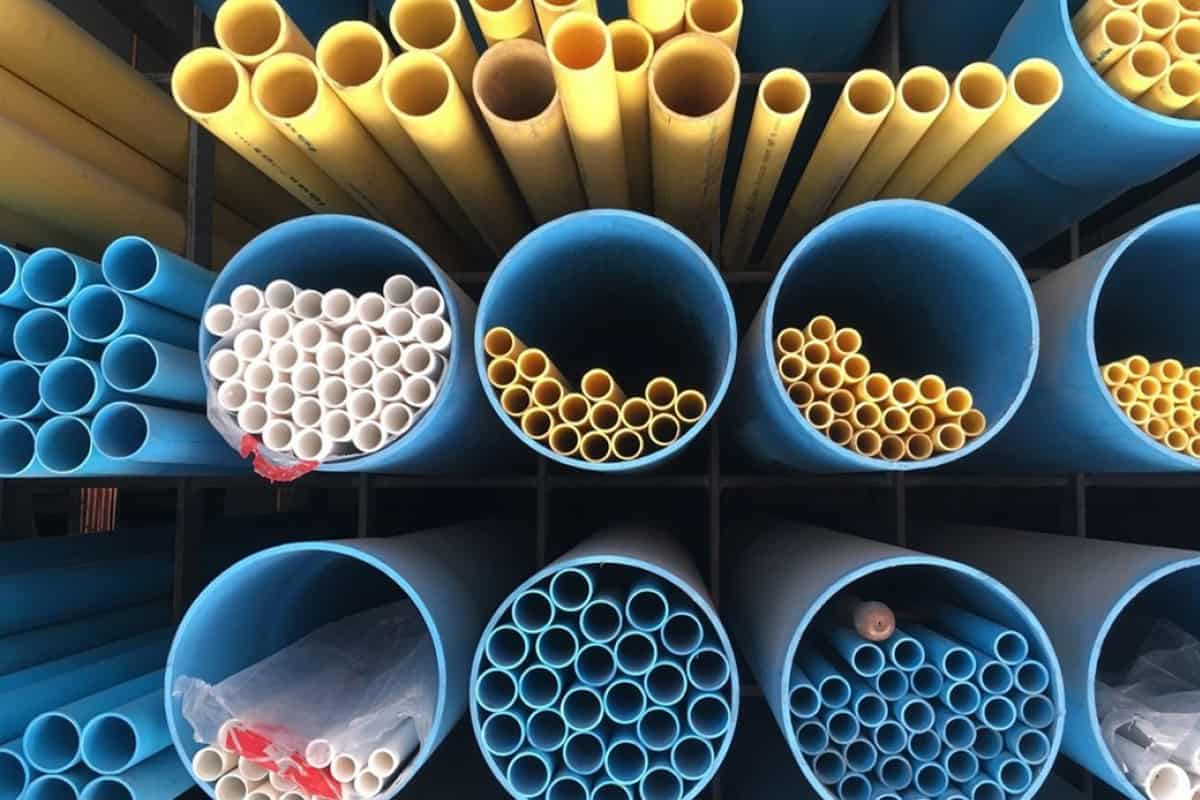
Process of forcing material through a die in order to form a pipe
The process of cooling the shaped pipeAdjusting the length of the PVC pipes to the appropriate dimensions by cutting PVC pipes, on the other hand, have inherent qualities that present additional challenges to manufacturers of pipes, both in terms of production and in terms of positioning their products on the market
This is despite the fact that the manufacturing process for PVC pipes is comparable to that of the majority of plastic piping
The Difficulties Inherent in the Production of PVC PipeIncreased friction in the extruder Because of the characteristics of PVC plastic, the extruders used to process it are subjected to high levels of stress and friction
This indicates that PVC pipe production lines require the use of specialized extruders that utilize a twin screw extruder configuration in addition to featuring robust construction materials that can withstand the harsh PVC extruder operating conditions
This is necessary in order to guarantee a long service life for the pipes produced by the production line
Differentiating Yourself from Your Rivals There is a lot of competition between different manufacturers of PVC piping because it is one of the forms of piping that is utilized the most
It is therefore of the utmost importance for manufacturers of PVC pipe to separate themselves from their rivals, both in terms of delivering consistent product quality and offering a wide variety of products at costs that are competitive
This level of difference is only attainable with the application of manufacturing technology that is of a world-class standard, is capable of maximizing production while simultaneously lowering costs, and is able to make PVC pipes in a wide range of sizes
DRTS provides a variety of efficient turnkey solutions that guarantee this type of effective operation
These solutions include multi-layer die heads that maximize savings, equipment with integrated Industry 4
0 capability, enhanced connectivity, and ease of integration
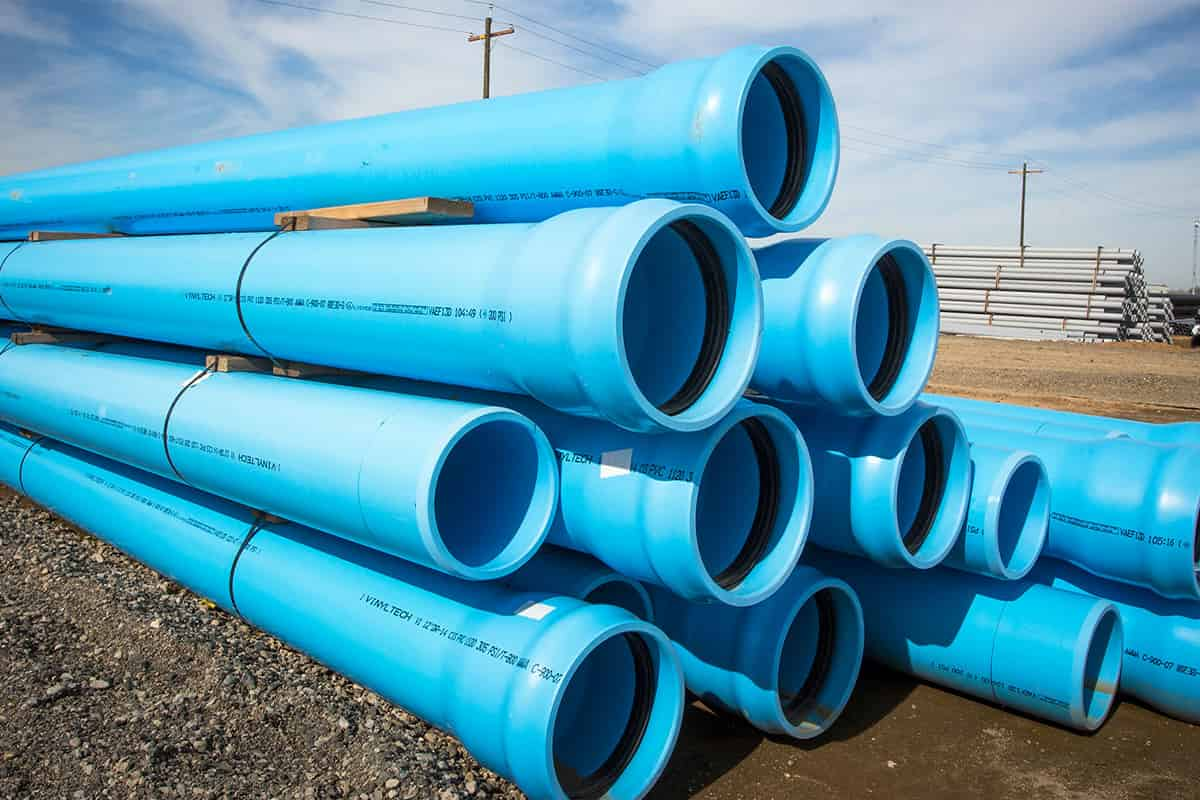
PVC pipe process
Based on their process, PVC pipes are available in a wide range of sizes and diameters, and there are many different types of fittings for each size
For this reason, it is in everyone’s best interest for companies that make PVC pipe to supply the market with an extensive selection of products
PVC pipe manufacturers can benefit from DRTS’s extensive selection of ready-made PVC pipe fittings, which are offered in a number of different varieties and sizes
This will assist you in bringing your products to market with a comprehensive family of PVC piping products
DRTS PVC Pipe Production Lines DRTS is able to provide its customers with fully operational and turnkey production lines for PVC pipe manufacturing
Twin screw PVC extruders are available in a wide variety of types and sizes to cater to the diverse manufacturing requirements of a broad range of customers
DRTS provides a selection of PVC manufacturing lines that are capable of producing pipes with diameters ranging from 16 mm to 630 mm, with sizes in between
Regardless of the requirements of the customer, DRTS is able to provide machines and configurations for each stage of the production line, which ensures the manufacturing of PVC pipes in a manner that is prompt, effective, and trustworthy
Here you may get additional details on our PVC pipe production lines as well as information on how to start your own manufacturing business
Polyvinyl chloride, sometimes known as PVC, is a long-lasting and tenacious plastic-like substance that is used in the production of PVC pipes
This material is used to make pipes, which are then utilized in a variety of applications, ranging from plumbing to construction
The pipe can be used for a variety of purposes
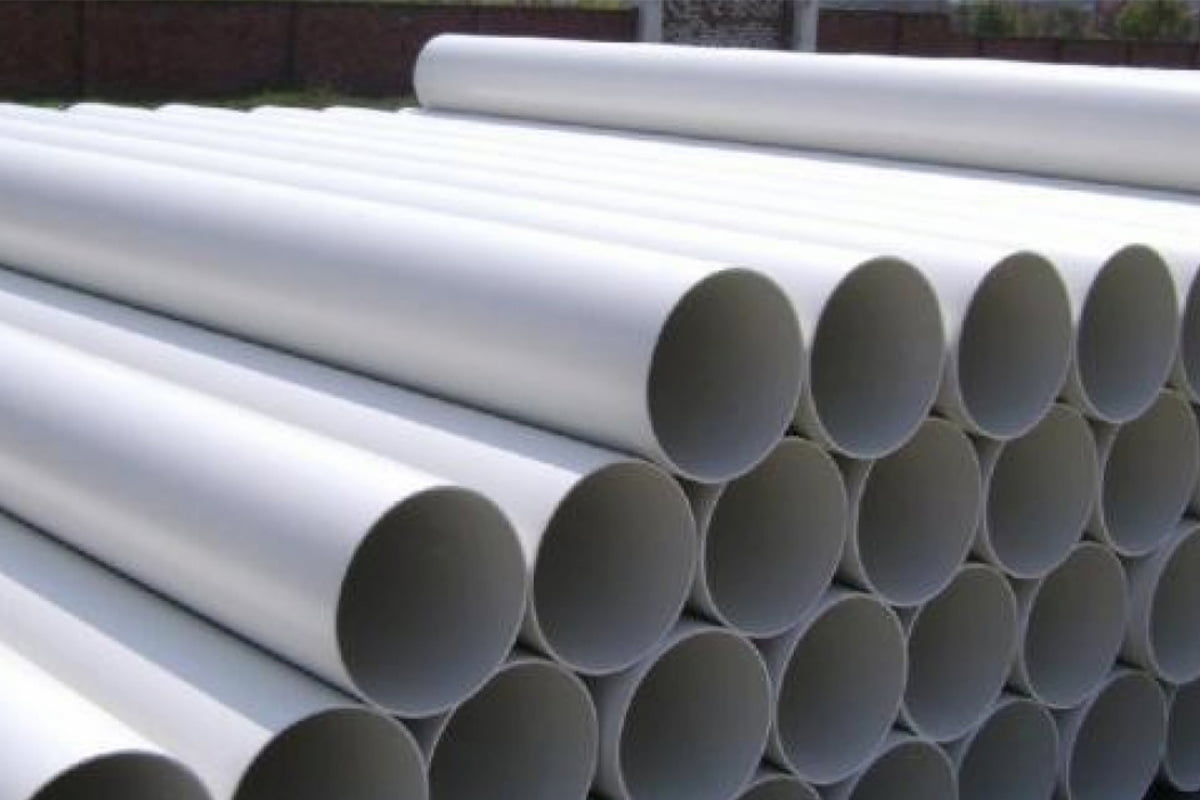
What is a pipe made of PVC? To make sure that different pieces of pipe can be assembled successfully, each pipe is designed around a set of precise standards
It is possible for the pipe’s ends to be either smooth or grooved (similar to a screw)
In addition, there is a wide variety of pipe sizes, the smallest of which is one-fourth of an inch, and the largest of which is twelve inches (10 feet)
PVC piping is currently the chosen standard for new construction in the United States and accounts for the bulk of the country’s plumbing system
Pipe manufacturing process
In order to manufacturing PVC pipe, manufacturers begin with a molten mixture process of the material, which is then shaped using a cast as a guide
The breadth of the casts is precisely matched to the width of the pipe
The liquid is put into a cast, which then has an outside covering placed on it
After that, the finished product is ready to go into the oven to be baked
After the pipe has reached its solid state, it is allowed to cool before being finished
After that, sections of the pipe are cut out according to standard sizes and requirements
After that, the parts are treated in a chlorine solution so that hazardous germs won’t be able to develop while they are being transported or used
The finishing touches on each section’s ends are added once the coating has had time to fully dry
If the pipe has a smooth connection, the top of the pipe is sanded down until it has a flawlessly flat surface

This is done to ensure that the pipe is precisely straight
A machine will carve a number of grooves into the pipe so that it can be used for fitted pipes
While the grooves are being cut, the pipe is subjected to a high-pressure spray of water in order to eliminate any surplus PVC fragments
After the grooves have been added, the sections are then given to be tested after the ends have been made smooth
Assurance of Quality As a result of the widespread application of PVC pipes in residential and commercial building construction, it is essential that each pipe be subjected to quality assurance testing
In order to accomplish this, the pipes are subjected to inspections to determine the quality of their seal, connection (on grooved parts), and strength
During the seal testing, a specialized cement is placed within the pipe and allowed to dry out before the test is considered complete
After this step has been finished, a sequence of liquids will be forced into the pipe under intense pressure
In the event that there are no leaks, the cement will be removed, and the part will be cleaned
When making fitting pipes, a technique somewhat similar to this one is followed, but cement is not used
The pipes are put through one last test to determine whether or not they are strong
This is achieved by employing a number of presses, each of which brings weight down upon the pipe
If the portion does not break or exhibit any stress spots, it is sent on to the next step of the process, which is packaging and shipping
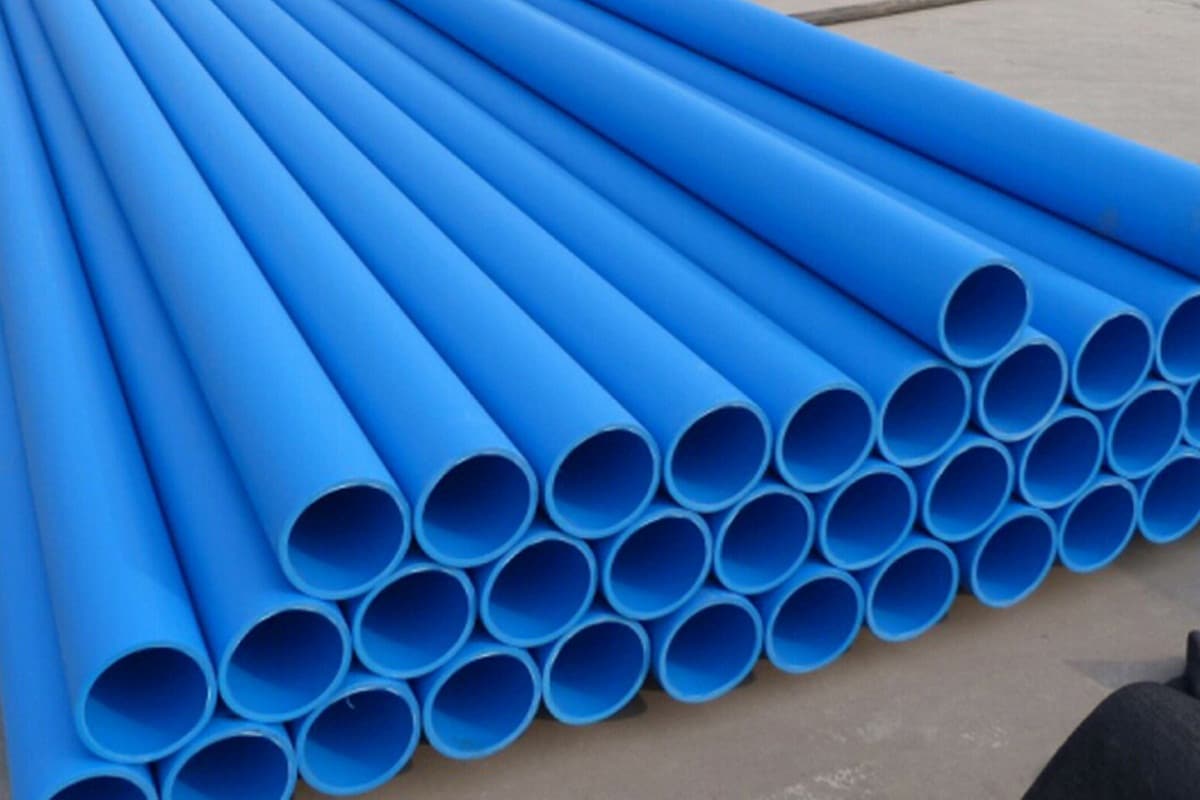
In the event that a portion of the process is unsuccessful at any point, it is sent back to be reworked by being melted down and then reconstructed
Polyvinyl chloride, also known as PVC, is a material that is known for its durability and strength and resembles plastic
The Drip Cap PVC pipes are constructed out of this material
After that, the parts are treated in a chlorine solution so that hazardous germs won’t be able to develop while they are being transported or used
The finishing touches on each section’s ends are added once the coating has had time to fully dry
In order to accomplish this, the pipes are subjected to inspections to determine the quality of their seal, connection (on grooved parts), and strength
During the seal testing, a specialized cement is placed within the pipe and allowed to dry out before the test is considered complete
This is achieved by employing a number of presses, each of which brings weight down upon the pipe

